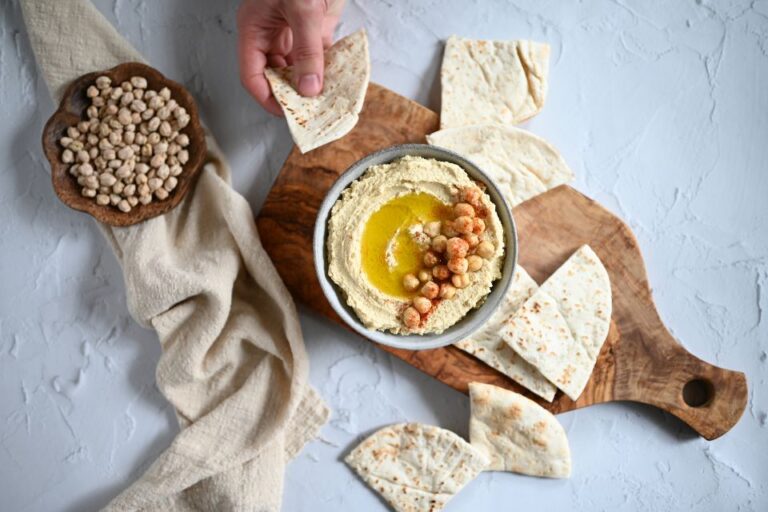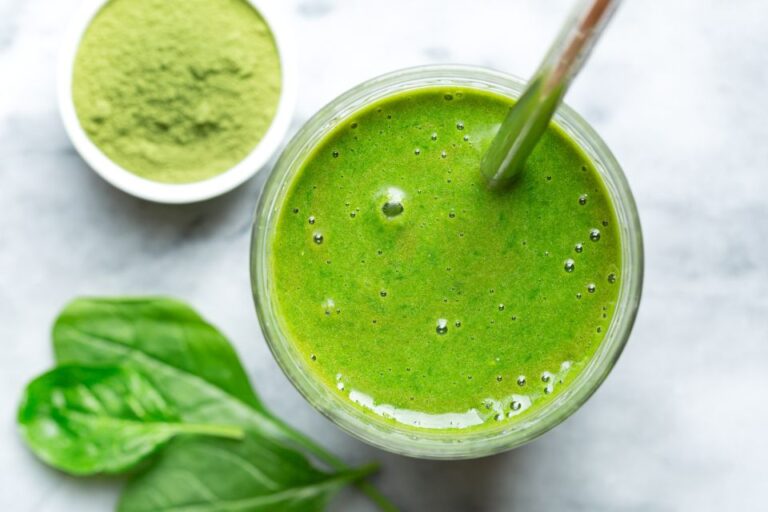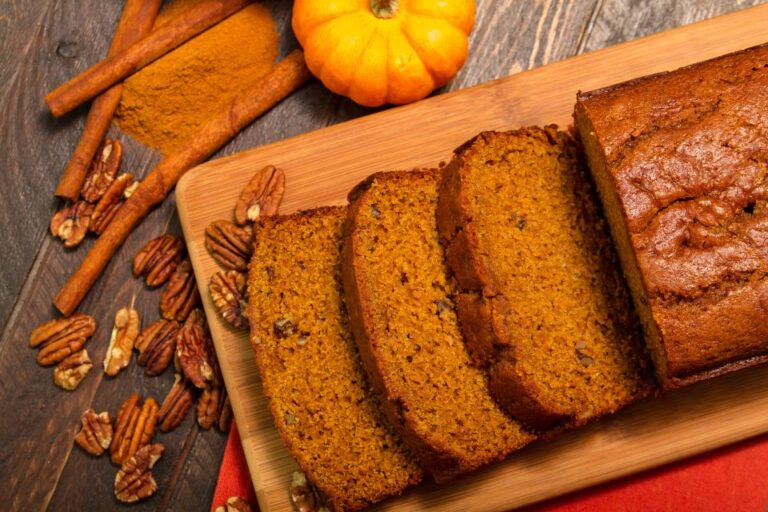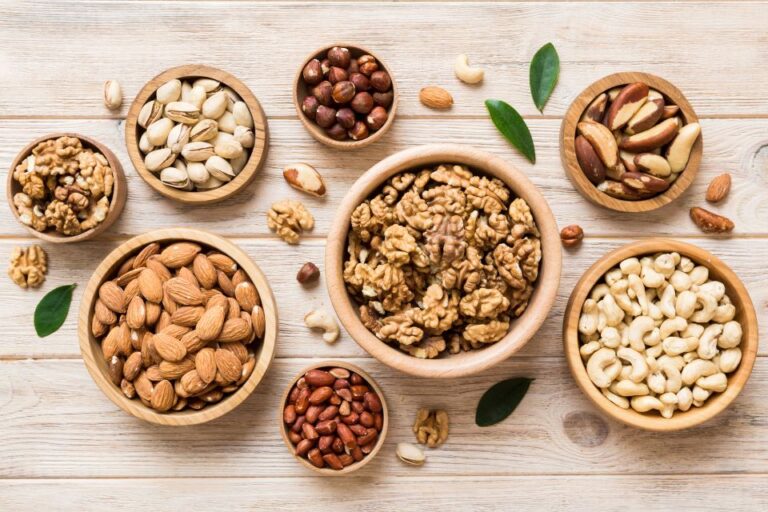Do This Every Sunday, Lose Weight All Week!
When it comes to weight loss success, rather than looking to health gurus or celebrities for dieting and exercise tips, we should all employ the famous Scout motto, ‘Be Prepared.’
Not only do the Scouts have it right when it comes to camping in the wild, but one of the best ways to ensure that you’re able to stick to a healthier way of eating is to plan ahead with meal ideas, prepared snacks and a kitchen full of healthy food – whether you’re single or have a family.
This way, you’ll be less likely to fall into the trap of bingeing, ordering takeout, or relying on vending machines, and you’ll likely save money while you lose weight, too.
How to Get Started with Planning Ahead
When you’re starting out, planning menus ahead of time can seem daunting, but the key is a simple approach. Here’s how to get started:
1. Use Familiar Recipes
Starting off simply means sticking with what you know as you get used to your new routine. Write out all your go-to dishes and then plan the first week around them. Although trying out new recipes can be fun and keep things interesting, you can add these to your repertoire later, once you have your new routine established.
2. Work With Your Schedule
Your weekly plan needs to fit your schedule in order to work, which means planning when you can shop and prepare things and when you can actually make the meals you’ve scheduled.
Always try to make things easy for yourself by planning meals with fresh ingredients earlier in the week and relying on basic supplies later, and scheduling meals that contain similar ingredients on consecutive nights to reduce waste.
3. Take Your Plan Out Shopping
Having your schedule in front of you, as well as your usual list makes shopping a whole lot easier, as it makes forgetting ingredients less likely.
It also prepares you for how many people you’ll be cooking for and when and whether buying in bulk can work with your plan if there’s a special offer.
4. Display Your Plan
Forget the color-coordinated menu plans; just write everything clearly on a piece of paper and display it on the fridge. This way, you (and possibly your family) can see what’s for dinner. it serves as a reminder of what you need to get out of the freezer or buy fresh on the day.
Planning Snacks
Don’t be fooled into thinking that planning ahead with your snacks is not important; in fact, it’s essential that you think ahead when it comes to snacks. These are the stop-gaps in between meals that we often forget to plan for and can, therefore, be our undoing.
To avoid this, first, list snack options; as with general planning, make a list of the healthy snacks you enjoy eating. If you’re following a calorie-controlled diet, factor in the calorific value of snacks, so you know how much you can allow yourself.
A good snacking rule of thumb is around 100-150 calories, which allows for a serving of nuts, fruit, and vegetable-based snacks like smoothies, boiled eggs, or low-fat yogurt. Aim to include filling food types such as protein, healthy fats, and fiber in your snacking plans to keep you satisfied for longer.
Prep your snacks so you’re ready to go and don’t have too much work to do when hunger strikes. This will involve measuring quantities and dividing them into plastic containers or bags.
If you plan to eat food that requires cooking, try to limit yourself to cooking your weekly supply of snacks once a week—this way, you save time and ensure that you’re always prepared for the week ahead.
Planning Meals
Now that your snacks are ready, it’s time to plan your meals for the week. First up is lunch, and as with snacks, it’s likely you’ll just be pleasing yourself here, so think about what you like to eat at lunchtime and how to fit your lunches into your day, which is obviously more complicated if you eat lunch at work.
Here, we have issues of transportation and storage to contend with, which is where the trusty Mason jar salad comes in very handy.
Lunch Time
To make the perfect Mason jar salad, use a quart-jar for a meal-sized salad and layer the contents as follows:
1. First, start with the dressing at the bottom of the jar in order to avoid a soggy salad – one or two tablespoons is best.
2. Next, add any hard vegetables such as peppers, cucumbers, and carrots. The next layer should be any beans, grains, or pasta that you’re including, such as rice, chickpeas, or black beans.
3. The following layer should be any cheese or proteins you’re adding, such as eggs, meats, and cheese, and then add any soft fruits and vegetables such as tomato, avocado, or pineapple – although if you’re making salads in advance for the week, these layers shouldn’t be added until the day you plan to eat the salad.
4. Next, add any seeds or nuts, such as almonds, sunflower seeds and more absorbent grains such as quinoa or millet.
5. Then, fill the rest of the jar with torn salad leaves, which you shouldn’t be afraid to pack in compactly.
6. To store, screw the lid on the jar and keep refrigerated for up to 5 days.
Other great lunch options are sandwiches, wraps, and soups, and you can always have whatever you have left over from dinner the night before. Adding extra fruit or vegetables on the side boosts the nutrient level and helps to keep you feeling full throughout the afternoon.
Dinner Time
With dinner, one of the key strategies to make planning easier is to cook once and eat twice, if not more. For example, the chicken you cooked on Monday for tacos can be served with a salad on Tuesday, and half the stew you prepared on Wednesday can be frozen and eaten on a busy day next week.
When you feel more confident with your plan, you can use the tactic of ‘freezer cooking’, which involves spending a few hours one day a week to prepare a stock of meals ahead of time solely for freezing.
If you really don’t have time for this, the next best thing is to cook double or triple batches of meals you’re already making. When you really get the hang of it and feel comfortable with your plan, it can be possible to cook once or twice per month, but this will involve clearing out your freezer beforehand to ensure you have enough room to accommodate all these frozen meals!
When it comes to preparation, your freezer will be essential for storing leftovers and prepared meal batches. It’s also a great idea to stock up on frozen vegetables for when you inevitably run out of fresh ingredients.
As you make your plan for the week, it’s best to schedule meals involving fresh produce for the start of the week and then use frozen vegetables like peas, spinach, and corn for when fresh supplies are running low – this way, you can avoid buying too much fresh produce and wasting it.
Essentially, planning ahead means making the best of the time and the ingredients you have to ensure you have consistent access to good, healthy, home-cooked food.







